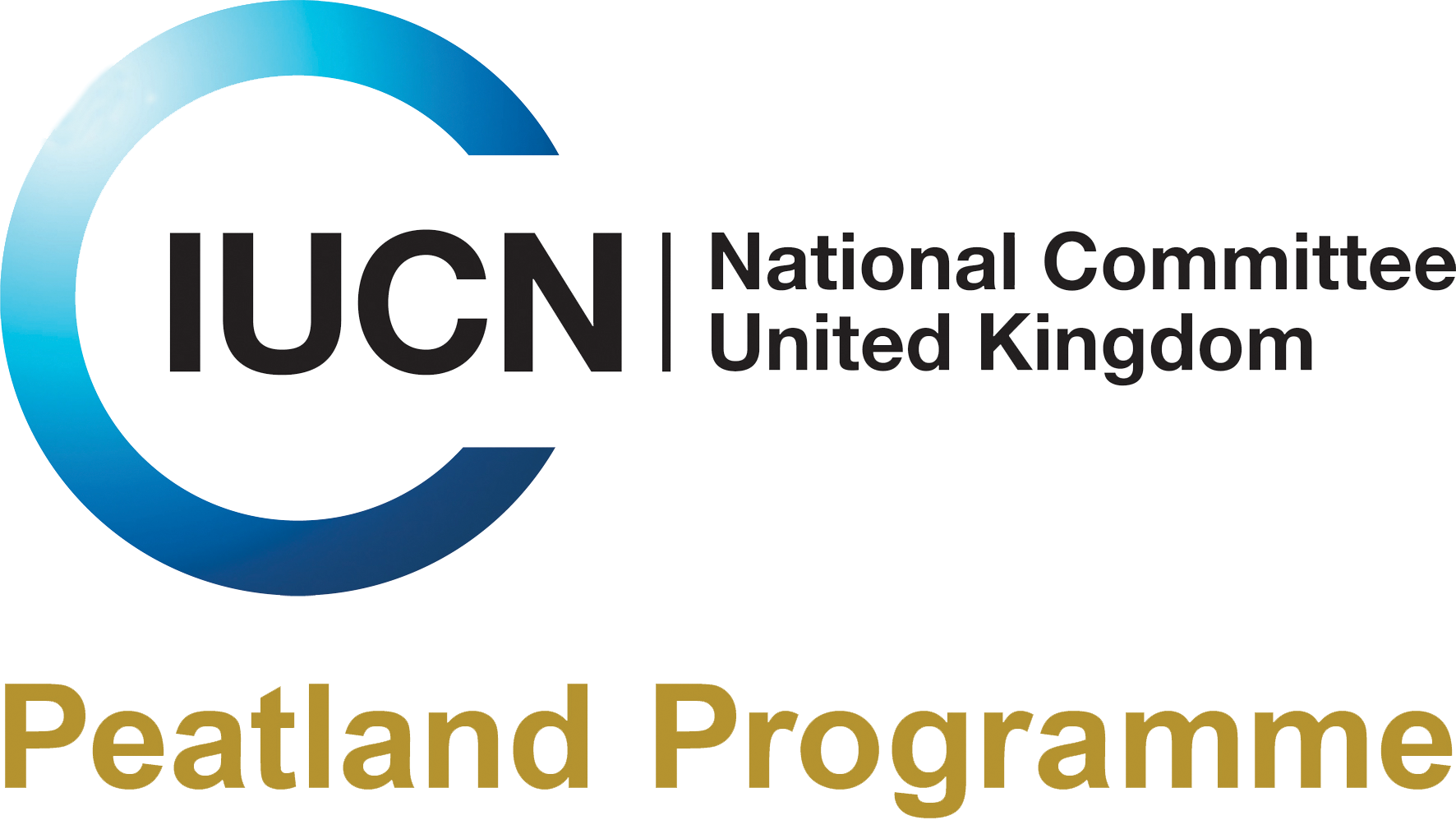With the UN Climate Conference (COP26) being held in Glasgow in under one months’ time, a new study has found that 9 million tonnes of carbon are locked up in just 8,267 hectares of peatlands in Peak District moors in the United Kingdom.
The recent study by Moors for the Future Partnership investigated how much carbon is stored within the peatland blanket bog in the Bamford Water Treatment Works catchment in Derbyshire. It revealed that within an area of 83 square kilometres, approximately the size of Manchester, the amount of carbon stored and kept locked up in the peatland is equivalent to the emissions of running eight coal-fired power stations in the United Kingdom for a year.
Climate change and the carbon emissions that exacerbate it are finally rising to the top of many governments’ global agendas. Worldwide, peatlands store at least 550 gigatonnes of carbon, more than twice the carbon stored in all of the world’s forests. Covering only 3% of the world’s surface area , peatlands are a habitat rarer than rainforests, but play a key role in climate regulation.

